Today marks the start of The Big Butterfly Count and we were keen to get involved straight away, but as the day dawned grey, murky and drizzly, I thought that perhaps our count would have to wait. We have had very few butterflies in our garden this year as our Buddleia has been late flowering and our garden has been a bit of a wash out due to the rain. Our bee count has dropped drastically and our green beans for instance, have not been pollinated at all. Very unusual as our garden is wild, with lots of bee friendly plants. Perhaps it was due to the small amount of sunshine, which persuaded farmers to spread slurry on the land. I’m not sure, but we have definitely been mourning the loss. As I took my new camera (yes, I finally saved enough money for something half-decent; my first bridge camera), out to the garden to photograph the birds (they love the rain!), I was told that the weather had a chance of clearing and so we would go out on a trip anyway.
We drove to the Crom Estate, not too far away from us. Crom is a fabulous nature reserve on the banks of Upper Lough Erne, it is 2,000 acres of wildlife and conservation heaven. It’s one of the best havens for ancient woodland, mammals, bats, birds and of course – butterflies! Miraculously the weather cleared and my hopes were raised, I knew we would see lots. I was not disappointed as a kaleidoscope of cabbage whites fluttered all around us. I couldn’t capture them as they fought for the scanty rays of sunshine, but they were all around us.
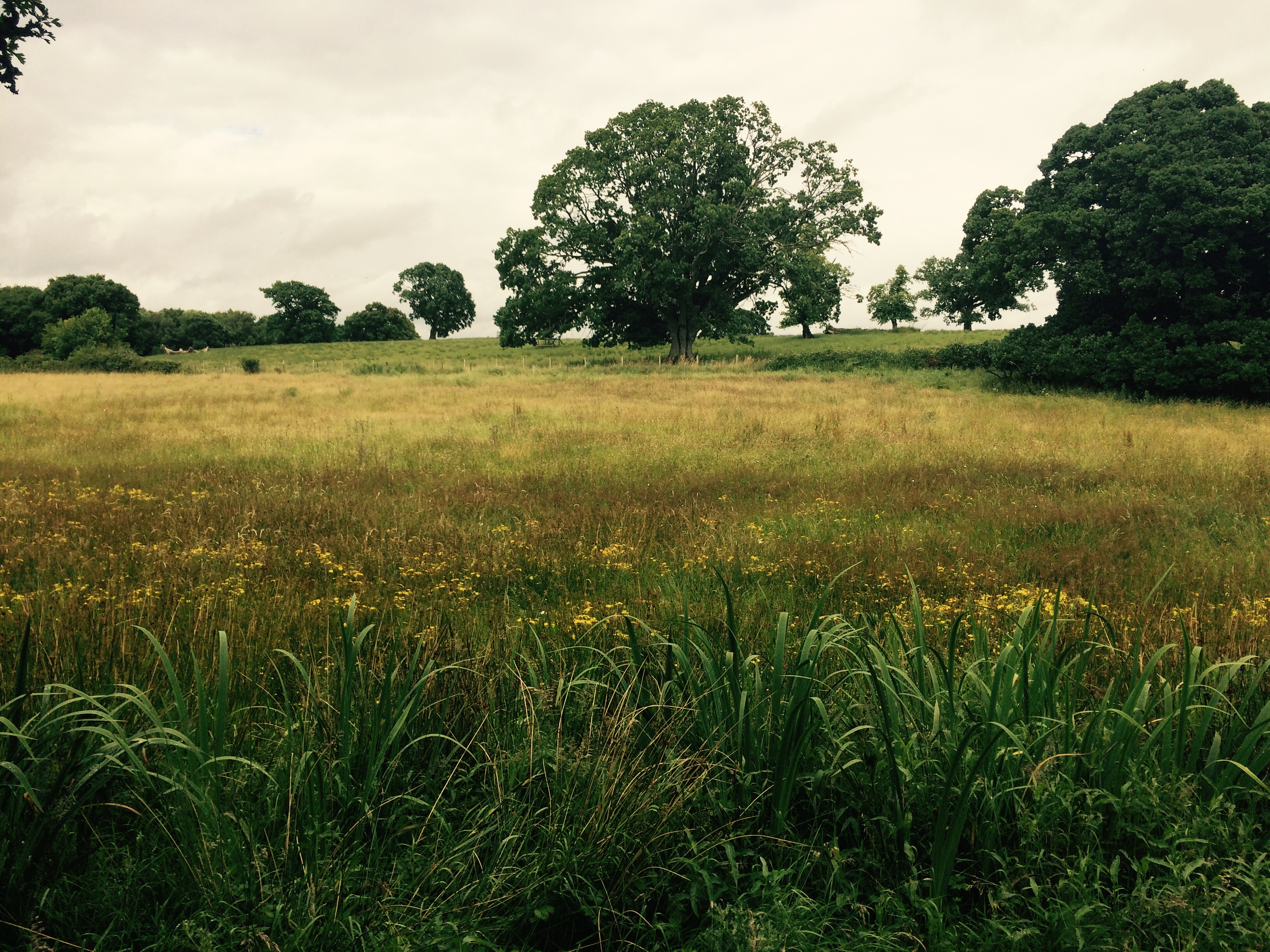
Some ‘Green-Veined White’ (Pieris napi), rested on the some beautiful cerise flowers (does anyone know what it is?), this delicate beauty is common in most of the UK, it loves meadows and woodlands, but it can also be found in gardens and parks. It is not present in Shetland and some areas of the Scottish Highlands. It looks like a brittle leaf, a perfect jewel of symetry.
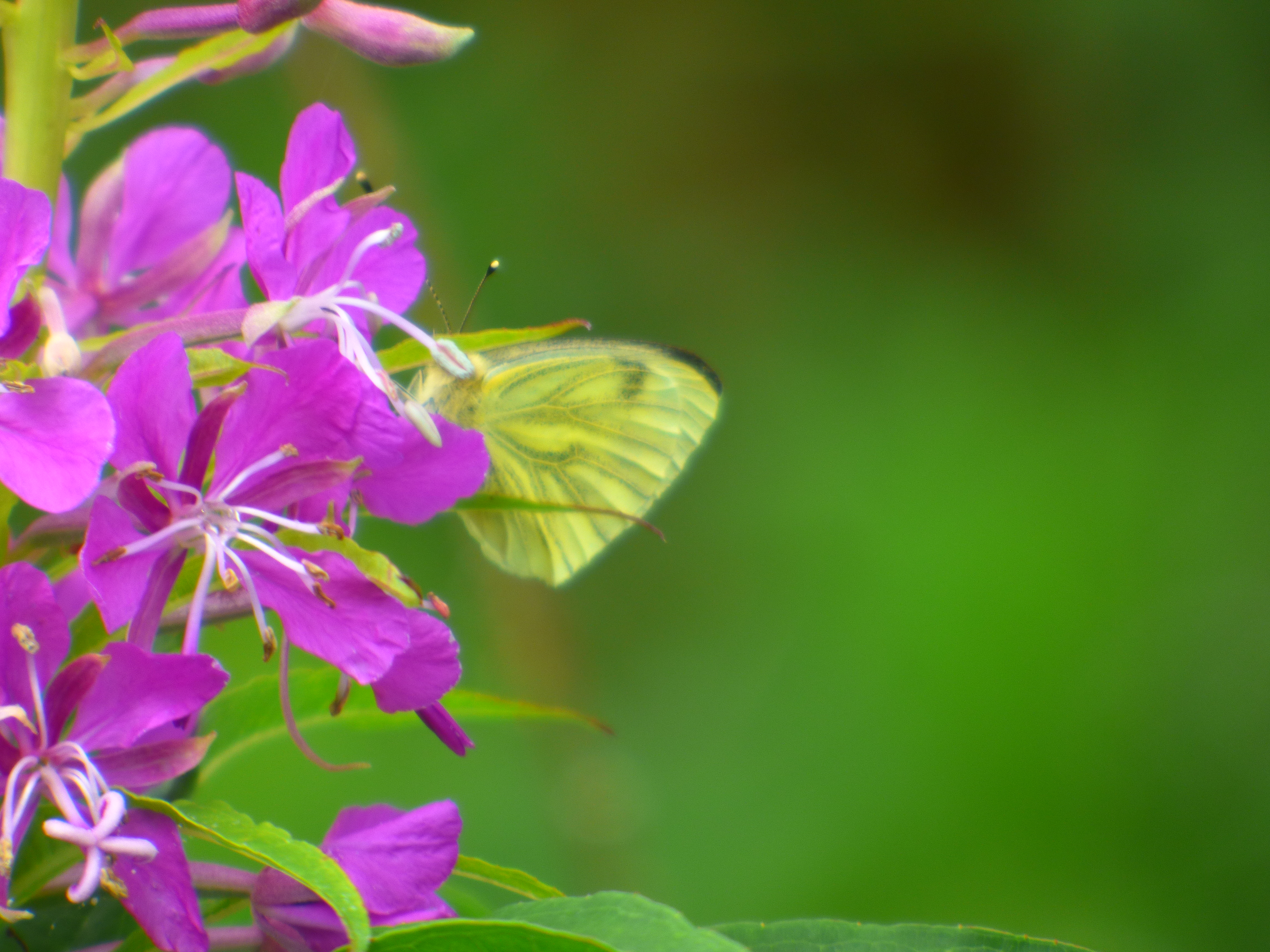
As the weather turned very windy, I thought that would be it, no more butterflies, but I spotted a lovely ‘Speckled Wood’ (Pararge aegeria) on a leaf and it stayed for a second or two. These butterflies love to spiral in woodlands and hedgerows in dappled sunlight. It was scrace today, but as another approached, we were treated to a lovely display of courtship. Both sexes feed on honeydew and they are not hugely common in Fermanagh, so it was lovely to catch sight of them.
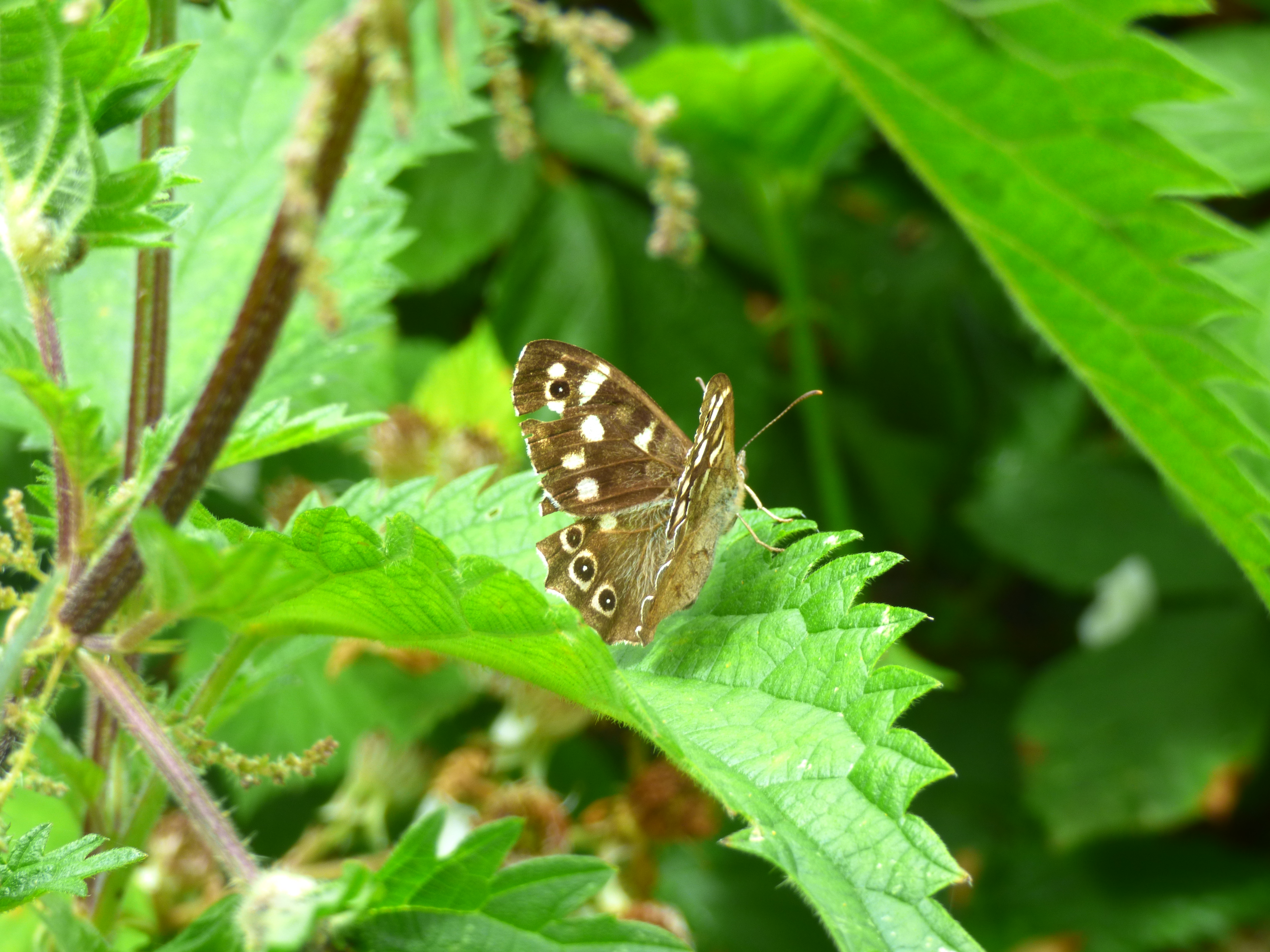
Another flutter caught my eye, and resting on a grassy verge, was a beutiful ‘Ringlet’ (Aphantopus hyperantus), whose underwings gives its name away. These are another common species and they bobbed up and down all around us as the clouds started to form. Their wings are velvety and look sturdy enough to cope with the increasing winds. They love bramble and privet flowers and their population has risen by 16% in recent years.
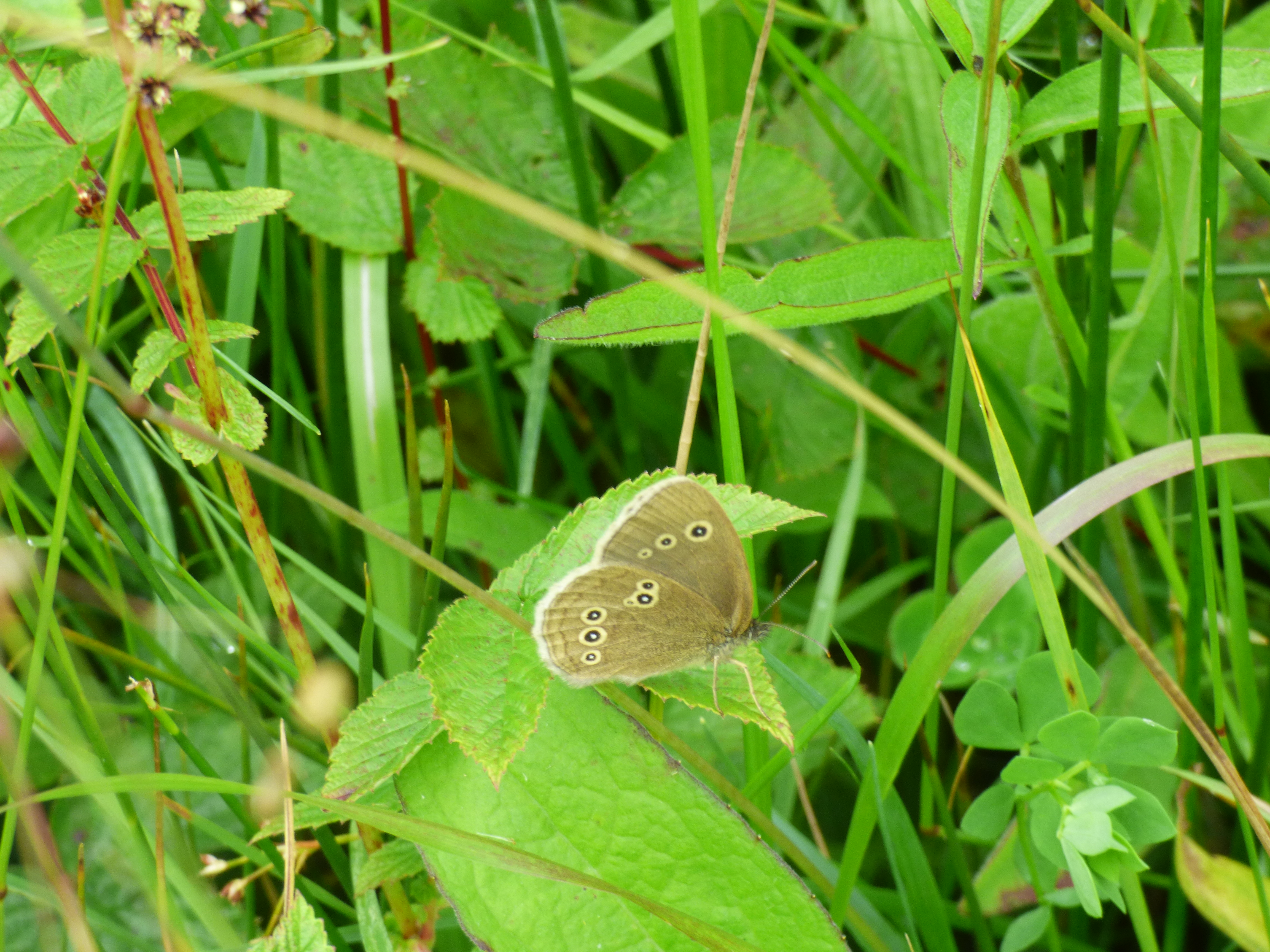
I could talk at length about butterflies but I think most people know about their life-cycle but there are some fun facts to know, like a lot of moths, butterflies are choosy egg layers. They can identify chemicals from certain plants which they know to be nutritious and a suitable host. Clever! A butterfly has thousands of lens in their eyes, no wonder they can effortlessly torpedo through the air. They use colour to attract mates, fight off predators and aslo to raise tempertature – very important in our climate!
Although, the butterflies I saw today are relatively common, butterfly populations as a whole are decreasing.. We can all do our bit to help butterflies by growing plants which attract these wondorous creatures. We love to see them flicker through the air and they brighten up our skies and make people feel really happy. Their burst of colour are a joy to behold and they signal summer, sunshine and relaxing days. If you can, download the app for The Big Butterfly Count on your phone and record your sightings. This information is really important as butterflies are really good indicators of environmental change – like bees. They can tell us a lot about climate change and build a picture of other wildlife declines. The campaign has been championed by our treasured naturalist Sir David Attenborough, if you love him as much as we do, I’m sure you’d want to help him and others have a greater understanding of butterfly populations right now in 2016. It’s really fun too and a great way to get everyone invlolved in nature hunting in your garden and elsewhere.
Happy Butterfly counting!
Dara
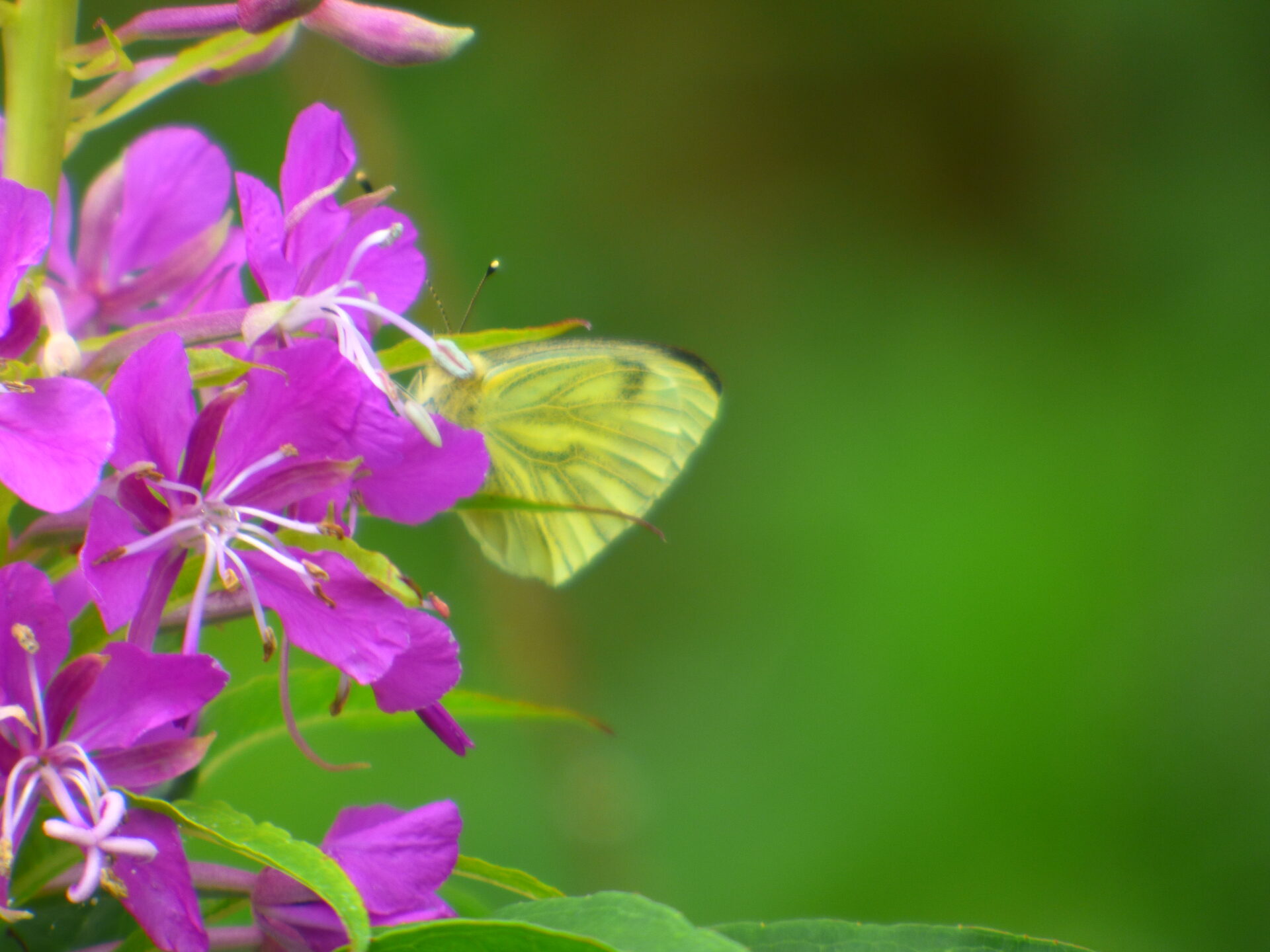

6 Responses
What a wonderful blog Dara. Thank you for sharing your love of butterflies in this way, love your descriptions of the different species. I hope you get to see many many more during this year’s Big Butterfly Count, and I am certain Sir David would be extremely proud of you.
Catherine Bertrand, Senior Officer Northern Ireland, Butterfly Conservation
PS – Keep an eye out for Silver-washed Fritillary and Purple Hairstreak at Crom, two very special butterflies only found in woodland habitats! They should be on the wing now!
Thank you so much Catherine! I actually met you last year or maybe the year before at Forthill Hats off day. I was so excited that I went home and read all about moths!! Thank you for that and thank you so much for your lovely comments. Maybe you’ll be bank to Forthill this year again? I’m sure we’ll back at Crom soon!
Dara
🙂 I remember you 🙂
I won’t be at Forthill this year, but my friend and colleague Rose Cremin will be there on Friday and will hopefully have some moths too. She will also be at the Monastery Meadows event on Thursday, I sent your mum a link to it 🙂
I will be about Fermanagh a lot in August and September as we will be carrying out surveys for the Marsh Fritillary, looking for their caterpillars and surveying the condition of their habitat, would you like to come and help us?
I would love to be involved, thanks! I’Ill be at Forthill especially to see butterflies and moths 🙂 Dara
What an excellent blog. As an ancient naturalist may I you to one of the most worthwhile interests there is, but I expect you know that already. Btw the cerise flower your GVW is resting on is Rosebay Willowherb.
Thank you so much! I thought it was willow herb, elephant hawk moths like it too 🙂